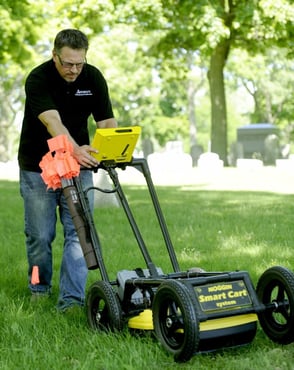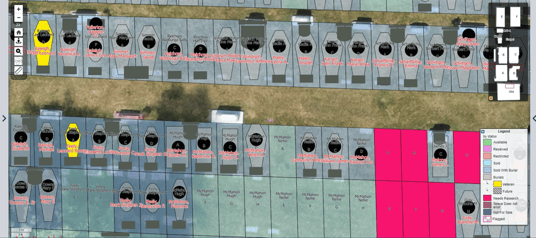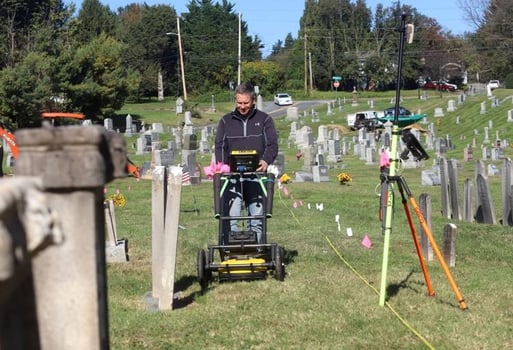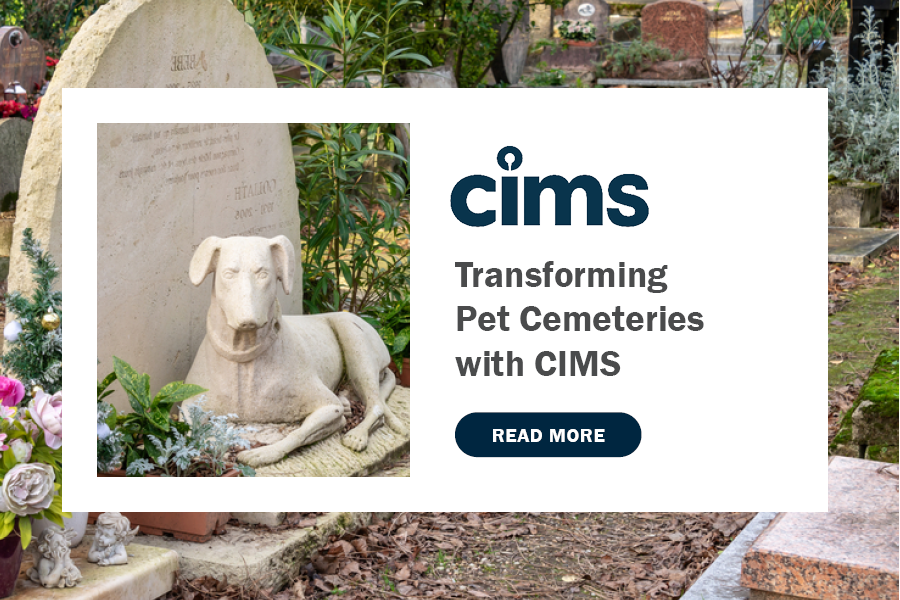Using Ground Penetrating Radar (GPR) in Cemetery Mapping: What You Need to Know

Ground Penetrating Radar (GPR) is an important tool for cemetery managers, offering a non-invasive and highly effective method for locating objects underground. Unlike traditional surveying techniques that may require digging and excavation, GPR allows for the detection of buried objects, including unknown burial locations, hidden artifacts, and utility lines, without disturbing the landscape.
Understanding GPR Technology
GPR systems operate by emitting electromagnetic pulses into the ground. These pulses bounce back when they encounter buried materials, allowing the technology to detect a wide range of underground features. This can include geological features, underground pipes, air pockets, groundwater levels, and various materials like concrete, metal, and plastic. The signals captured by the device's antenna are then translated into detailed images of the underground environment. By analyzing these images, cemeteries can identify buried features such as graves, headstones, and utility lines with remarkable ease and accuracy.

Benefits of GPR in Cemetery Management
The integration of GPR technology into cemetery management practices offers numerous benefits:
1. Confirm burial locations
Accurately confirming burial locations is crucial in cemetery management, and GPR serves as an indispensable tool in this regard. By precisely pinpointing burial locations, cemetery managers can maintain comprehensive records and ensure the dignified management of each plot. GPR also offers a significant advantage over traditional location techniques like probing by detecting burials even without a concrete vault. This is possible through its ability to detect disparities in soil composition and density.
2. Detect hidden graves and artifacts
For cemeteries working with incomplete or missing records, GPR can help locate unmarked graves and buried artifacts without disturbing the soil. This capability is especially valuable for historic cemeteries with long-standing records and potential inaccuracies in documentation. The CIMS team uses GPR as an essential tool to create maps in areas of a cemetery that lack complete documentation.
3. Enhance cemetery mapping
GPR findings can be easily integrated into digital mapping software, such as CIMS, providing cemetery managers with real-time updates on plot occupancy, obstructions, and available spaces. This enhances the overall accuracy of cemetery maps, filling gaps in historical records and ensuring efficient management of cemetery grounds. Additionally, GPR can often pay for itself by clearly identifying spaces in the cemetery that can be sold.

CIMS Platinum map

CIMS Gold map
4. Scan new areas for hidden objects
When expanding or renovating cemetery grounds, GPR allows for the scanning of new areas to detect hidden objects or potential obstacles. This approach ensures that construction projects can proceed smoothly without complications.

How do I get started?
While GPR equipment is costly and requires specialized training to operate effectively, cemetery managers can benefit from partnering with GPR experts for mapping projects. These professionals bring expertise in data interpretation and analysis, ensuring reliable results and maximizing the utility of GPR technology in cemetery management.
CIMS experts offer dedicated GPR services, providing cemetery managers with specialized GPR data interpretation. Our team collaborates closely with cemetery staff to conduct comprehensive surveys, analyze data, and integrate findings into the cemetery's management software seamlessly. By leveraging CIMS' GPR services, cemetery managers can streamline their mapping projects, gain valuable insights into burial locations, and enhance the overall efficiency and accuracy of their cemetery management practices.
Ready to unlock the full potential of GPR in your cemetery? Contact us today to get a quote for CIMS GPR services.


